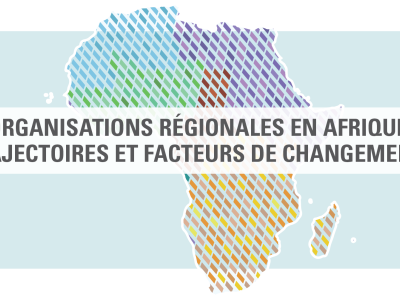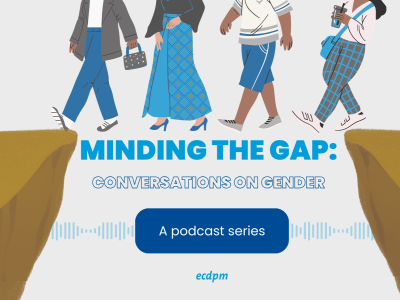
Monthly Highlights from ECDPM's Talking Points Blog, Great Insights, Volume 1, Issue 8, (October 2012)
ECDPM at the EDDs: Engaging the private sector for development. Talking Points, Bruce Byiers, 21 September 2012
Preparations for this year’s European Development Days on the 16th and 17th October are now well underway. Among 4 panels in which ECDPM will participate, we are co-organizing a panel to look at “How can we maximise inclusive growth and development: The Pros and Cons of Private Sector Engagement and Blending Instruments”. The idea for the panel builds on the growing interest and demand among donors, developing country governments and the private sector itself for engaging business for development ends, something we have discussed here before and in a recent discussion paper. Although there are (...)
EPAs’ 10th anniversary: The Never Ending Story. Talking Points, San Bilal, 27 September 2012
At the opening ceremony of the negotiations of Economic Partnership Agreements (EPAs) between the European Union (EU) and the African, Caribbean and Pacific (ACP) States the chairperson of the ACP Group arrived late, keeping hundreds of officials and diplomats, not least then EU Trade Commissioner Pascal Lamy, waiting. This was on 27 September 2002.Ten years and four EU Trade Commissioners later, the EU still seems to be waiting for many ACP countries to come along. Perhaps with few exceptions, the EPA agenda has not generated the enthusiasm for effective development partnership it was meant to (...)
How big trade corridors can benefit small farmers. Talking Points, Francesco Rampa, 5 October 2012
Many trade corridors in Africa were designed in colonial times, primarily to serve extractive industries and ease the transport of goods from the interior of the country to the ports, and back. Even those corridors, which have been developed more recently – such as the Maputo corridor (connecting South African provinces, including the economically developed areas around Jo’burg and Pretoria, with Mozambique’s capital), which is said to be the most efficient in terms of facilitating the transport of goods – tend to target large enterprises, while seemingly failing to benefit smallholders. If designed well, trade (...)
Social protection in EU development cooperation: do the tools match the vision? Talking Points, Florian Krätke, 28 September 2012
The EU’s new development policy framework, the “Agenda for Change”, does not explicitly mention social and economic inequalities. Now, the European Commission clearly acknowledges that a variety of inequalities exist in both low- and middle-income countries and elaborates its policy response. In a recently adopted Communication, the EU affirms the value of social protection for overcoming socio-economic inequalities and for promoting inclusive growth: “people’s ability to participate in and benefit from wealth and job creation”. Social protection is defined as a set of “policies and actions that enhance the capacity of all people, but notably (...)
What can bridge the divide between humanitarian aid and development? Talking Points, Volker Hauck, 19 September 2012
To meet the challenges that natural disasters, armed conflicts and structural forms of fragility bring to countries or entire regions, more flexibility and participation in implementing the EU policy on Linking Relief Rehabilitation and Development (LRRD) is needed. “We want to be more involved and take leadership in the LRRD process and be accompanied by our partners,” urged Mr. Amadou Alahouri, High Commissioner of Niger for the 3N Initiative (“Nigerians Nourish Nigerians”) during a public hearing on this topic at the European Parliament on 3 September 2012 in Brussels. The Parliament held this meeting at (...)
This article was published in Great Insights Volume 1, Issue 8 (October 2012)




